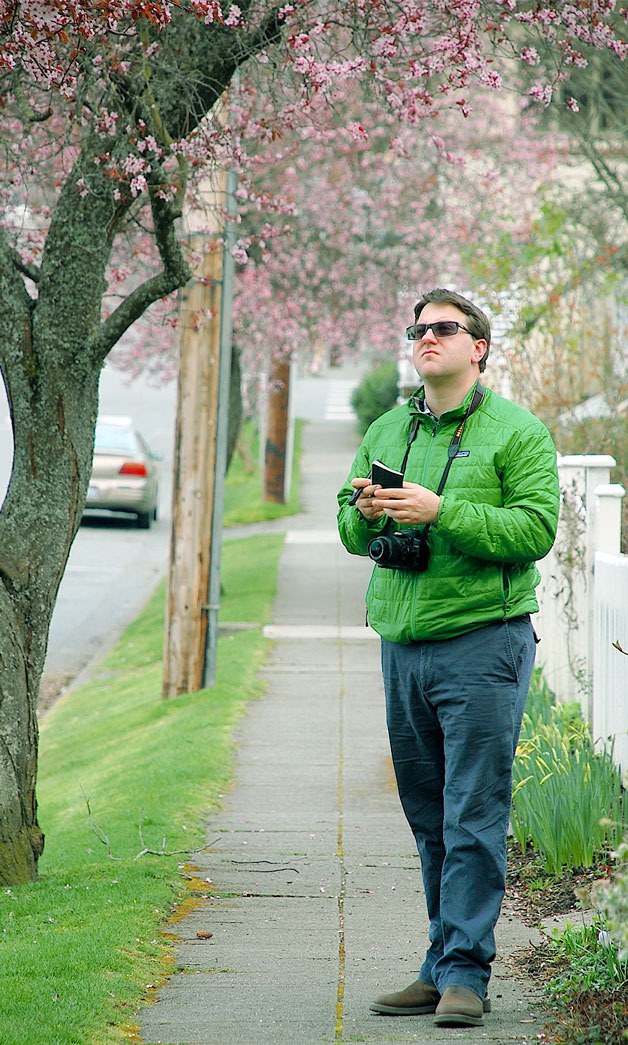LANGLEY — In the interest of providing a firm foundation for a future tree protection ordinance in Langley, a city official will be doing a little reconnaissance around town over the next few weeks.
The Planning Advisory Board met last week and informally agreed an early draft set of rules needs a bit more work before it can go before the city council for adoption. To start, a tree inventory is needed.
Jeff Arango, the city’s new director of Community Planning, is expected to spend time over the next month walking city streets and mapping the locations of important trees. It’s hoped the resulting database will help the group refine its goals and provide focus for the future ordinance.
Efforts to create a tree ordinance began several years ago following instances of large or old trees being damaged or removed. A subcommittee was formed and rules that addressed construction were developed and have since been adopted.
Additional rules concerning other areas of tree protection were also created but are only now being reviewed by the advisory board. They address standards for the city’s overall tree canopy, a landmark and heritage tree program, and the care and maintenance of street trees.
Arango recently reviewed the draft ordinance and went over several suggestions with the group during the meeting. First and foremost, he cautioned that single-family residential properties typically aren’t subject to the same landscaping requirements as commercial and multi-family developments.
“My experience is people are all for it generally but even the most ardent supporters, when it’s dealing with their own property, have a different view about it,” said Arango, earning a round of chuckles from the board.
In a memo to the advisory group, he recommended exempting single-family lots under 20,000 square feet.
Arango made other suggestions as well. The board should consider whether the goal is to preserve or increase the city’s overall tree canopy, make the heritage and landmark tree program totally voluntary, and simplify requirements for street trees.
The board’s discussion of the draft ordinance was broad, covering a smorgasbord of issues with each section. How far the rules should go and who is responsible for certain trees was one of the many topics addressed.
For example, while the city already looks after trees in the public right of way, there was a question about whether the new ordinance should also require the city to maintain trees on private property which drape over the right of way.
“It would be expensive for the city,” said Dominique Emerson, an alternate board member.
She jokingly added that if the city takes that on she has some weeding that could be done as well.
Promoting voluntary cooperation was a popular thought. Arango said regulation is great but that it doesn’t induce action and board member Jim Anderson said it was a question of peer pressure and public awareness.
“I think if we do this right, a lot of this will be voluntary,” said Thomas Gill, chairman of the board.
Because of the complexity of each section, and to make the process more manageable, the board agreed to tackle the sections involving street trees and the heritage and landmark tree program first.
Arango is expected to report back with some of his reconnaissance efforts at the board’s next meeting in April.



